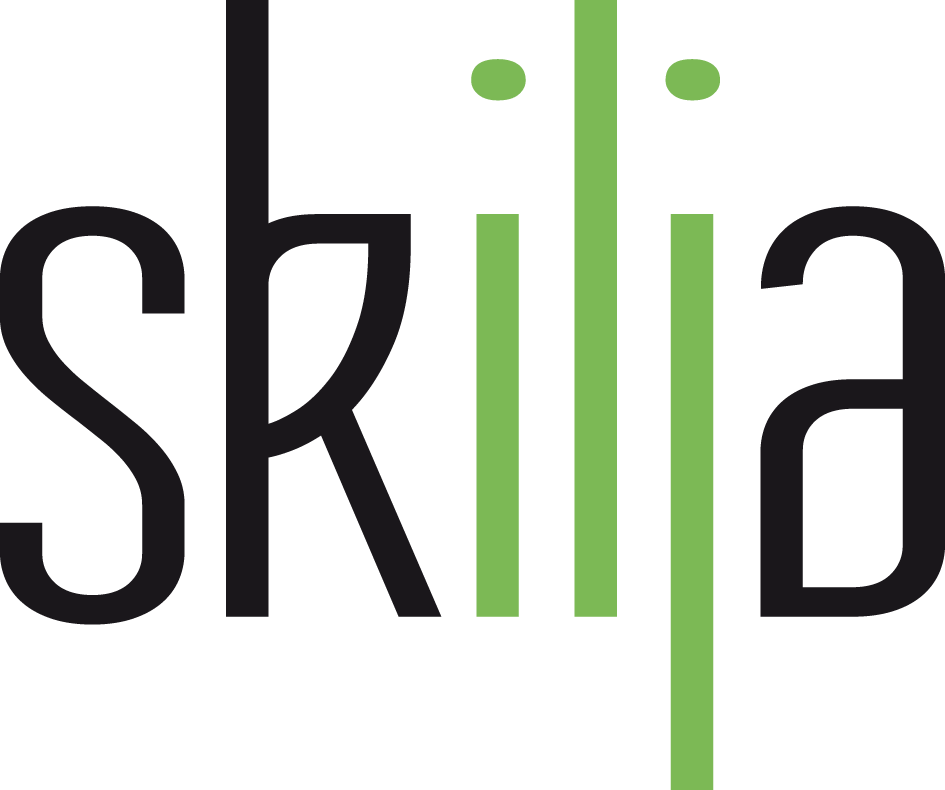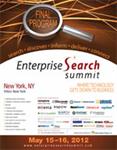Enterprise Search Summit (ESS2012) is a conference of business professionals in the field of professional search applications that takes place in May in New York.
It was obvious from this year’s agenda that search technology need to go far beyond simply indexing content to provide the services business users are looking for. Indexing is a problem that is basically solved and highly performing solutions are available either commercially or from open source. But indexing alone does not allow you to find the content you are looking for. Simple keywords will not sufficiently describe the content. Therefore lot of presentations focused on document understanding as a means to find relevant content. Interestingly enough this is now the area where document capture, business process automation and search suddenly form a big overlap: The need to understand content. Various methods were presented how this goal can be achieved but the consensus was that in the end only a semantic analysis of the content will give you the precision and recall you are looking for. Therefore we will see a wide adoption of semantic text analytics methods in search in the near future.
And as the market leader in enterprise search, which is Google, is introducing the first semantic elements in their search right now, this will pave the way for a wide adoption in the business world also. Google calls it “Introducing the Knowledge Graph: things, not strings” which is nicely put and they add their vision: “We’ve always believed that the perfect search engine should understand exactly what you mean and give you back exactly what you want.”
On ESS 2012 in New York we saw some remarkable presentations:
Sue Feldman, VP Search and Discovery Technologies IDC on “The present & future state of search” made clear that search has become pervasive because we cannot find our stuff. There is a significant legal risk of missing information or using wrong information and a need for access to data as well as content. From this she concludes the requirement for more semantic analysis – entities, relationships, location, concepts – with reasoning, inferencing, predicting, and analysis across sources as well as data normalization and relationship mining. In Sue’s opinion we will see a convergence with business intelligence and machine learning will make the difference.
Seth Grimes from Alta Plana gave a good overview on the state of Semantics starting with a quote from Edward Feigenbaum “Reading text in general is a hard problem because it involves a lot of common sense knowledge. But reading from text in structured domains I don’t think is as hard. It is a critical problem that needs to be solved”
In semantic search he sees identity, history and context instead of only keywords. It returns not only hit lists but categories (facets), clusters and answers. The relevance is determined not by page rank but by intent. Which leads Seth to the definition that “Semantic search finds and produces the information that supports the searcher’s immediate goal, across appropriate sources”.
A very good example of what you can do with semantic search outside the traditional enterprise needs was given by Jordi Torras the CEO of inbenta in his presentation on Semantic Search for Web traffic and conversion rate. He showed how you can increase the findability of your site and hence the web traffic significantly using semantic methods and simply listening to the user. Main point is: Forget keywords – users don’t think in keywords. Users know that normally what you type is not what you get. Semantic analysis helps to understand the intent of the users and to direct them to the correct site.


